7 creative ideas for digital display ad inspiration
Share
At a local coffee shop I recently overhead a would-be scriptwriter bemoaning the rejection of script for a TV series. The writer had written for the series before so was not a starry-eyed novice. But his producer had found his plot thin and fight scenes clichéd, sending him back to the proverbial drawing board. ‘I’ll just need a stronger storyline and some scene changes,’ was the writer’s conclusion, before adding he was planning to go home and immerse himself in old Raymond Chandler movies for inspiration.
Drinking my coffee a few tables away, I smiled. Coming up with killer plots for TV is I imagine about as easy as creating truly standout digital ads. Doable, sure. But certainly never easy, except for when those rare moments of inspiration strikes.
Yet the creative aspect of any media – be it a popular TV series or an ad vying for consumer attention – is the trap that catches the audience. As comScore recently found looking at 400 campaigns’ digital ads, the creative has four times the impact on results as the media plan does, contributing to 52% of the overall results versus just 13%.
In digital, while choosing the correct ad format can definitely boost your brand, there’s much to be said for strong creative, regardless of how it is delivered.
For those moments when inspiration is in short supply, while I can’t point you to anything as classic as The Big Sleep, here are some novel creative ideas from MediaMind’s recent global awards submissions that might spark your own inspiration.
Change up the standard interaction rules
As the world becomes much more touch-centric, the same old point-and-click starts to drag. If you can show your users a bit of non-standard interaction love, it’s hard to for them to resist at least trying it out.
The well-paved path here is gaming interactions, which are likely to boost some initial interaction. The bad news is, once you get that initial boost it can rapidly become familiar territory for users and, barring something different, many may bail. Here’s one way to surprise the user and draw out the interaction despite the use of standard game-style keyboard controls – use the whole screen as the stage for the game.

Gaming isn’t the only choice when it comes to different interaction rules though. Introducing a new type of keyboard and mouse control (like using the keys to navigate) is also likely to generate interest. For example, this creative asks the ad viewer to use the mouse in an unfamiliar rubbing motion, with the action reflected in a corresponding animation.
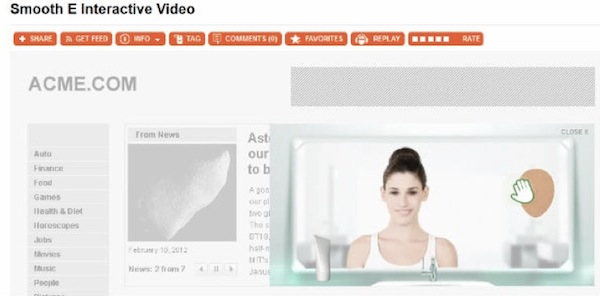
People love a plot
You expect a TV writer to deliver a strong plot but it’s not always remembered in the banner space – what works for CSI or Packed to the Rafters will also work in digital campaigns. Tell a story (at least a good one) and audiences naturally want to know how it ends.

Here, the ad viewer is free to navigate to the next segment themselves, but the format also remembers which segment they saw last and will ‘advance the frame’ to the next part of the story. While this was designed to move the ad viewer through the five stages of the purchase funnel (awareness, interest, desire, intent, and loyalty), it can also be used as a great mechanism for storytelling.
Turn the technology on its ear
Another way to surprise the ad viewer is to take a technology that they are used to seeing used in a certain context, and change it up. In this case Google Maps is used as the backdrop of an animation rather than as a straightforward navigation tool. (For non-Chinese speakers, you’ll have to type something into the field to see it work – it shouldn’t matter what.)
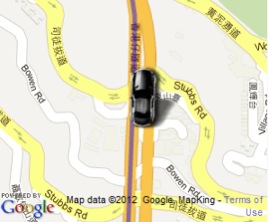
Immerse the viewer in a different space
While you don’t always have the luxury of using the full-page, when you do, use the opportunity to bring the viewer someplace else. This is most typically seen in entertainment units, but other verticals can also make good use of this technique. This full-page German takeover creates the illusion of dimensionality in the page with a zoom-out effect, rather than relying on more commonly seen 3D page elements.
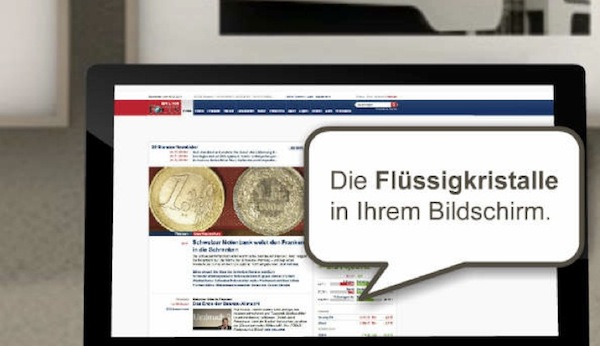
And don’t think you always need a homepage takeover for an experience like this – the IAB Sidekick and IAB Slider both allow you to slide over into a full-page experience from limited in-page or over-the-page real estate.
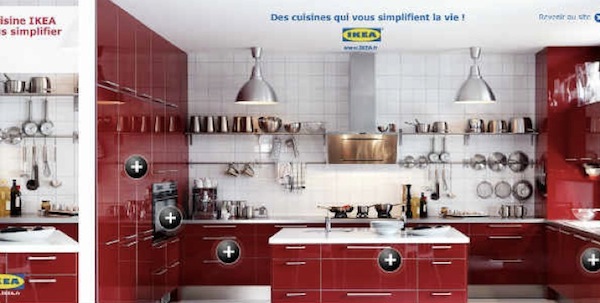
Get all up in their grill (use judiciously)
One way to get someone’s attention is to usurp the page content entirely. This can be irritating or engaging, so tread carefully. This technique is often used with fast-paced, attention-grabbing content like movie trailers. There are many options for which format you use as a starting point. This one for The Social Network uses an expandable marquee unit that’s more or less a super-sized pushdown, paired with wallpapers.
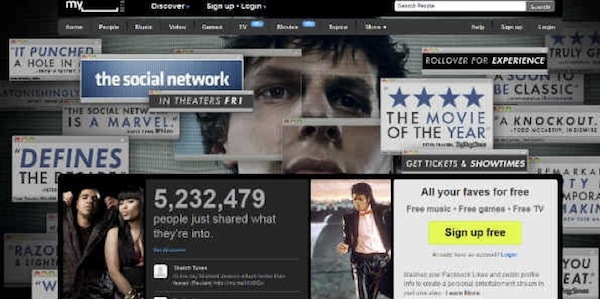
Billboards, pushdowns, expandables, transitional, and floating ads are some of the other formats regularly used to put content front and centre.
You don’t always have to go on the full eyeball attack either – sometimes it’s a nice change of pace to be a bit slower. This HTML5 ad for White Collar leverages both touch interactions and the ability to interact with the page content to let the ad viewer go on an in-page treasure hunt.
If you can’t see the below video, refresh this page.
These are just some of the techniques available to ad creative that might help spark your next digital ad. Sure, they are only ideas and you will still need to come up with the big idea yourself. But like the writer I overhead, often our own best ideas find their seeds in the work of others.















